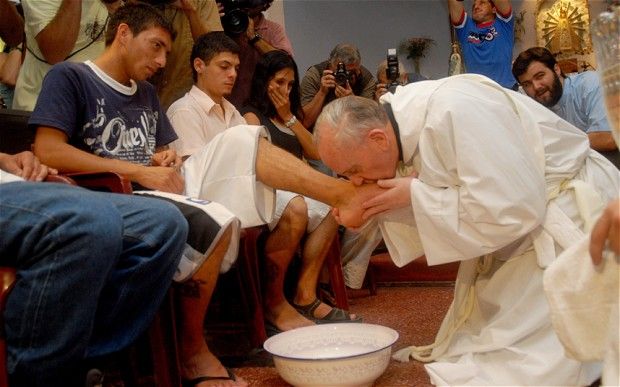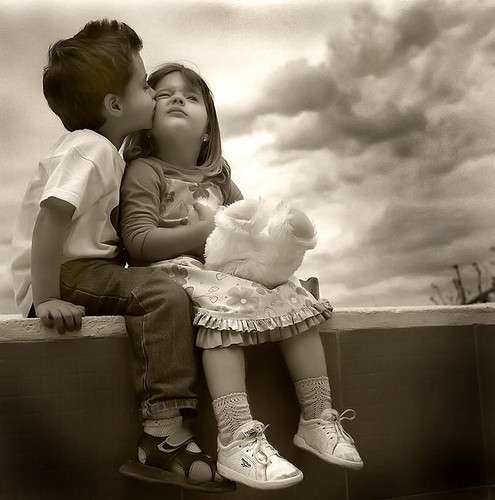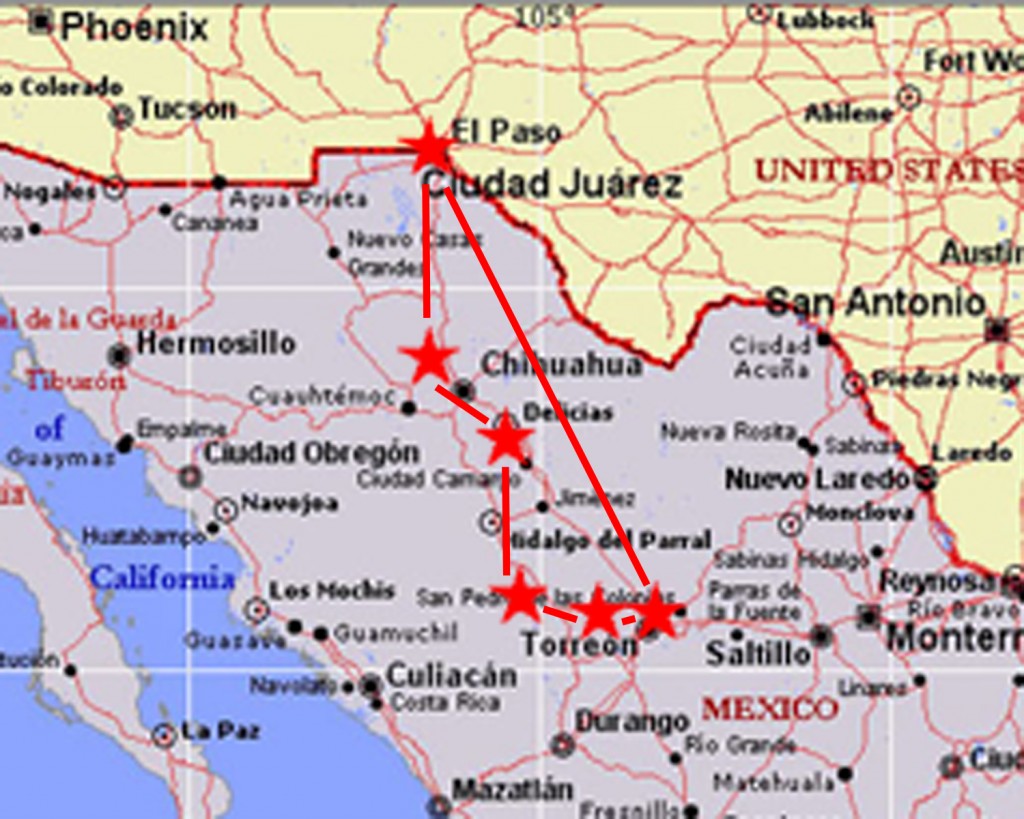
Our backpacking trip to South America in 5 minutes
This video means a lot to me. The best way, for me, to explain some of the feelings associated with the video is by sharing a message I wrote the day we were coming home from our 4.5 month adventure:
Sitting on the plane right now coming home and the word I use to describe the feeling is surreal. It’s crazy to believe that we put so much effort into this trip, and that it has now come to a close. I think it was an amazing trip. We were able to visit 8 countries over 133 days; Costa Rica, Panama, Colombia, Ecuador, Peru, Bolivia, Chile and Argentina. The only country I feel we didn’t explore ‘top to bottom’ is Costa Rica. We wanted to see a lot, so we may have moved quicker than expected in some areas, but I still feel we got a great taste of South America. I don’t think we wanted to ‘check off any boxes,’ but I do feel we share a curiosity for what’s out there. We continually want to ‘learn’ more about different areas of the world. This was the first of hopefully many trips..
What a special experience it was to be able to do it with the girl I love. Yes, we had moments normal of any human being relationship that is experienced 24/7 for 130+ days straight, but it was a big accomplishment; successfully navigating a great portion of South America. It was not easy; we stayed in dorms, took multiple 24 hour buses, and really watched our budget. Kate, you were incredible at being understanding of our financial situation. I would say to anyone, ‘doing these trips on a budget is more worthwhile then the alternative.’ We became creative, did things our way, and worked to get where we wanted to go.
Some thoughts I take away from the journey:
– Trust in God and things will work out. We were warned these weren’t the safest areas, yet did not witness any crime or ever really feel uncomfortable. I don’t want control, I give the keys to someone else.
– Believe in people; we believed in each other and we got it done!….and had an experience of a lifetime while doing it!
– Don’t set limits; we made this pilgrimage happen quickly and went for it, why not?
– The world is one country. Just because there are governed territories doesn’t mean this world has to be divided. I believe people are innately good. We met good people from every country we visited.
– In life, do whatever you want to do. I have a great friend who passed away recently that put me on this course. He taught me that the time is now…the famous quote, “The most dangerous risk of all – the risk of spending your life not doing what you want, on the bet you can buy yourself the freedom to do it later.” Owen’s death got me thinking about the concept of preparing for the future….with life as fragile as it is, the future is right now. My true belief at this point in time is, I have made it. I’m not looking for ‘more,’ don’t want ‘more.’ If anything I pray to stay meek and actually want ‘less.’ That which you own will end up owning you. The alternative, a different paradise, will come quick and I want to be thankful for every second.
As for the trip and some of the many destinations we touched…
– Enjoy the nature and wildlife in Costa Rica, I (we) have yet to see anything like it.
– Take a few days in the mountains of Santa Fe while traveling in Panama. We found incredible peace there.
– If you are lucky enough to see how people dance in Cali, Colombia, you will be experiencing one of the cooler cultures in the world – the place where salsa was created.
– The coast of Ecuador is a special place. God watched down on us that week, and we met many special people who we will hopefully remain connected with for a long time.
– Peru’s Machu Piccu lived up to the hype. Wow, what a day we got up there in Aguas Calientes. We did the extended drive and walk out to Macchu Pichu, and I will remember seeing her for the rest of my life.
– Bolivia? Kate was right. Bolivia was the most natural country we experienced. Never really found great WiFi. Lake Titicaca and Copacabana up at 15k feet! We have special memories spending a week chillin’ there. Bolivia gets double love because the salt flat tour could have been the best ‘tour’ of the trip. We got up close to 20k feel above sea level. More importantly, we made friends I think we will be connected with our entire life; La familia Boliviana.
– Chile; you were expensive, but I’ll always remember hitchhiking 30 hours straight in eight different trucks. We were determined!! Life works out…i ‘know’ this cause we got picked up once in the middle of the desert with cars going by every 15 minutes. For anyone who has been, that was south of Antofagasta in the Atacama Desert…. besides hitch hiking which we seemed to do a lot of, I think we’ll also cherish our time spent in Santiago, a city filled with culture.
– And last, but not least, our favorite destination, Argentina. Pretty much going to list every stop because we really loved Argentina. We started in our favorite city of the trip, Mendoza. We may be young, but we did this one correctly. Wine tastings, bike riding around Maipu, private vineyard tours (Alta Vista!!!), Asado dinners, Parilla dinners, we could live there one day. We moved to my favorite location of the trip…. Like Machu Pichu, Patagonia lived up to the hype. We only got to seriously explore Bariloche and El Bolson for a little over a week, but we found places I feel we will be back to. The combination of the forest and the mountains is something I have yet to really see. It reminded me of Glacier in Montana. And finally after a week in BA, we took a bus to Puerto Iguazu to see Iguazu Falls. I’ve never seen anything quite like the location of the “Devil’s Throat.” It is awe-inspiring nature.
133 day vacation is over with. Excited to just relax a little bit. People may say; ‘will you do it again?’ I hope we answer, yes. I can see us renting an apartment in a beautiful area and doing ‘weekend trips.’ The extended travel is hard. We did two 30+ hour buses. 37 hours from Cuenca to Lima was awesome. 30 hours in the back of trucks down the coast of Chile was challenging. I think as we talked about a lot; we learned some about love, patience, and enjoying the moment. We’re blessed.







